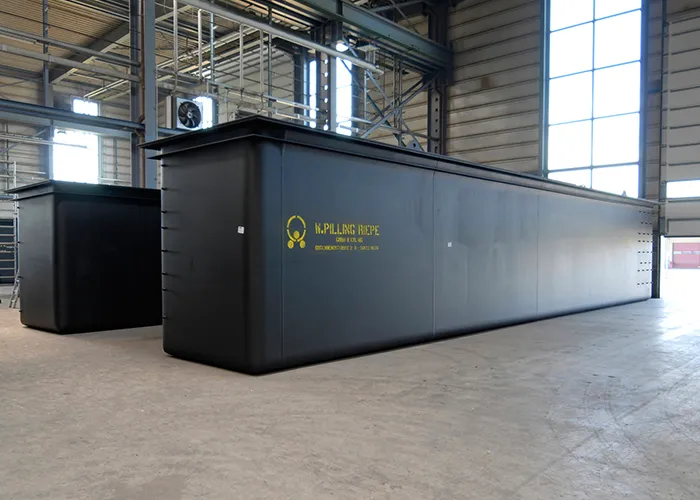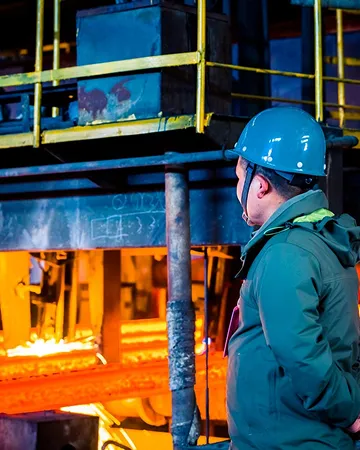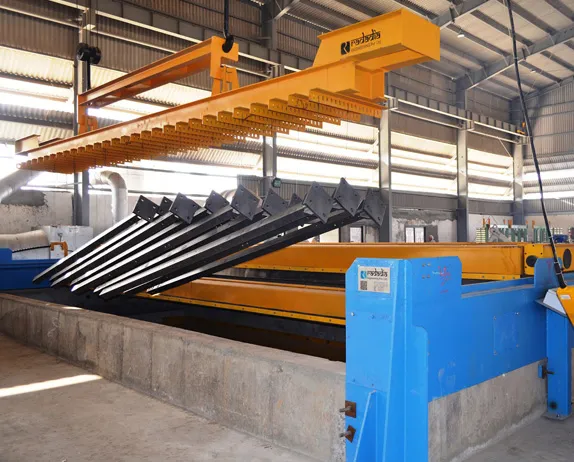Post Treatment Tank Supplier
A Post Treatment Tank is an integral feature of any hot dip galvanizing plant and represents the final and vital stage in the galvanizing process. Once steel materials have gone through the galvanizing process, the materials are dropped into the Post Treatment Tank for surface enhancement, better corrosion resistance, and a durable and effective lasting finish. The Post Treatment Tank usually contains a passivation or a quench solution that neutralizes residual chemicals and gives the materials a clean and smooth surface finish.
By incorporating a Post Treatment Tank into the galvanizing cycle, industry customers can incorporate much higher-quality product, increased durability, and ensure that they are following international galvanizing standards. For any galvanizing operation, the Post Treatment Tank is an essential unit in the galvanizing cycle to help ensure production efficiency and excellence.

Features of Post Treatment Tank
- ✓ Strong design with materials that are resistant to corrosion.
- ✓ Hermetically sealed for safe operation.
- ✓ Available in various sizes and capacities
- ✓ Simple installation for existing Plant
- ✓ Low maintenance and long life.
| Specifications of Post Treatment Tank | |
|---|---|
|
Capacity
|
As per customer specification. |
|
Shape
|
Rectangular or bespoke design. |
|
Coating/Finish
|
Epoxy-coated or lined for resistant qualities. |
|
Compatibility
|
For all passivation and quenching solutions. |
Advantages of Post Treatment Tank
Improves product longevity and finish.
Reduced the likelihood of white rust and surface defects.
Improved corrosion resistance.
Cost-efficient and durable solution.
Ensures quality and safety.
It conforms to quality standards.
Industries We Serve







